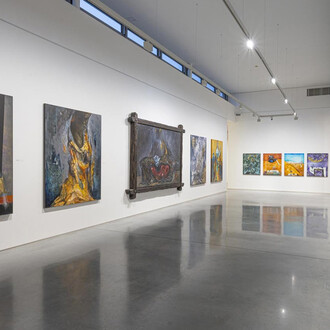On February 26th through May 20th, 2012, the Memorial Art Gallery of Rochester, in New York, will host the Crafting Modernism: Midcentury American Art and Design. The show will explore the interaction between art and design in the form of various craft media, such as clay, wood, fiber, metal, and glass. The event and its catalogue focus on the central characters of this period, its fast growth, and development inside a changing American culture.
Crafting Modernism refers to a period of 25 years that began with the craftsman-designers of the 1940s and 1950s, and ended in 1969 with much more innovative materials, which includes humor, psychological content, and provocative works of art.
In the time right after World War II, distinguished by mass production, the handmade art work is in contrast with the machine. The show looks at the interplay between craft and the design world, through the work of Dorothy Liebes, furniture maker George Nakashima, silversmith Jack Prip, and sculptor and designer Isamu Noguchi, in addition to others.
Crafting Modernism looks at the growth and transformation of the American life during the unstable period of the 1960s. As craft programs were added and expanded in universities, artists such as Peter Voulkos and Lenore Tawney started to take into consideration the sculptural qualities of their materials, once looked at only for their functional qualities. This opened new horizons to artists such as Claire Falkenstein and Alexander Calder, as they found new ways to express arts.
As craft became part of the public sphere through museums and publications, it added to the constant political and social dialogue in American art and life, serving as a representative of a counter-culture lifestyle. The exhibition includes well-known artists as Wendell Castle, Jack Lenor Larsen, and Sheila Hicks, as well as lesser-known performers like John Kapel, Ernest Ziegfeld, and Ron Senungetuk.
Organized by Jeannine Falino, the exhibition is the fourth in a series of exhibitions on craft in the twentieth century.

![Philip Guston, The street [La rue] (detail), 1977. Courtesy of Musée Picasso](http://media.meer.com/attachments/82dc5e2b0d6718083338d9100a22178017ee7dab/store/fill/330/330/cfb89947d28fe7b1eccea14dc3746938a20fcea75a06df8361a3e56448e8/Philip-Guston-The-street-La-rue-detail-1977-Courtesy-of-Musee-Picasso.jpg)






